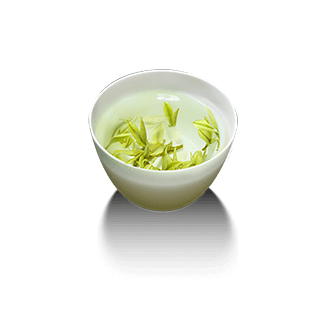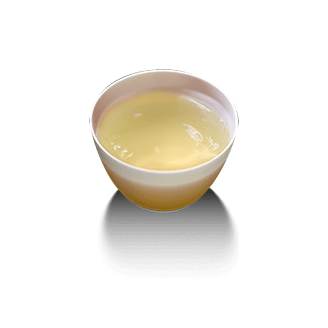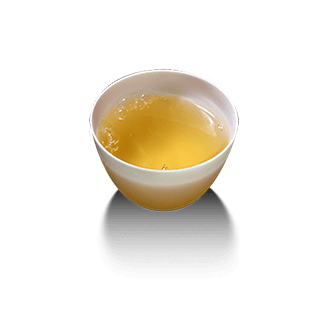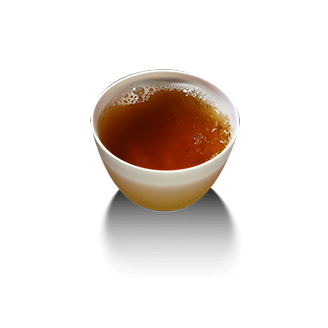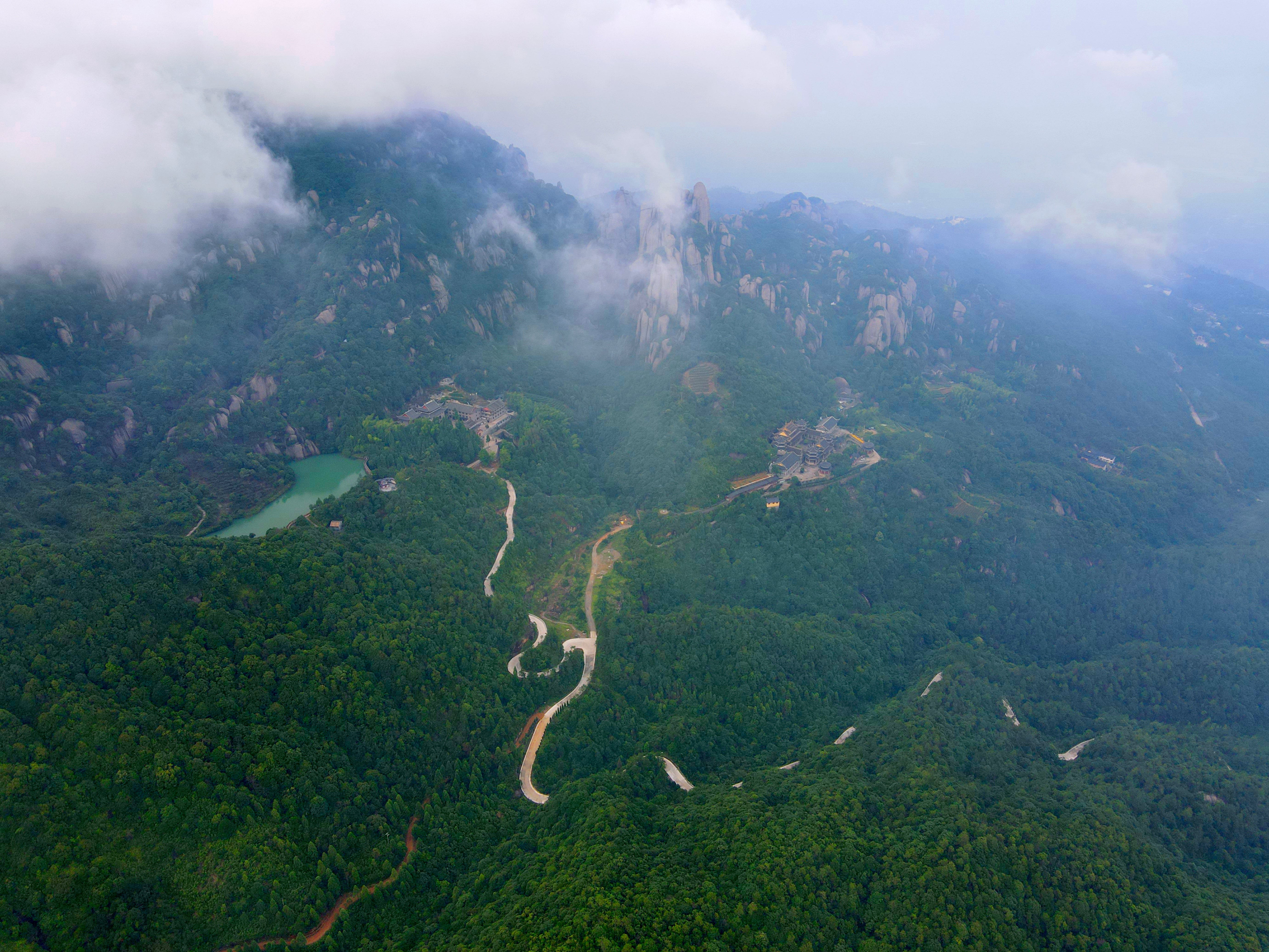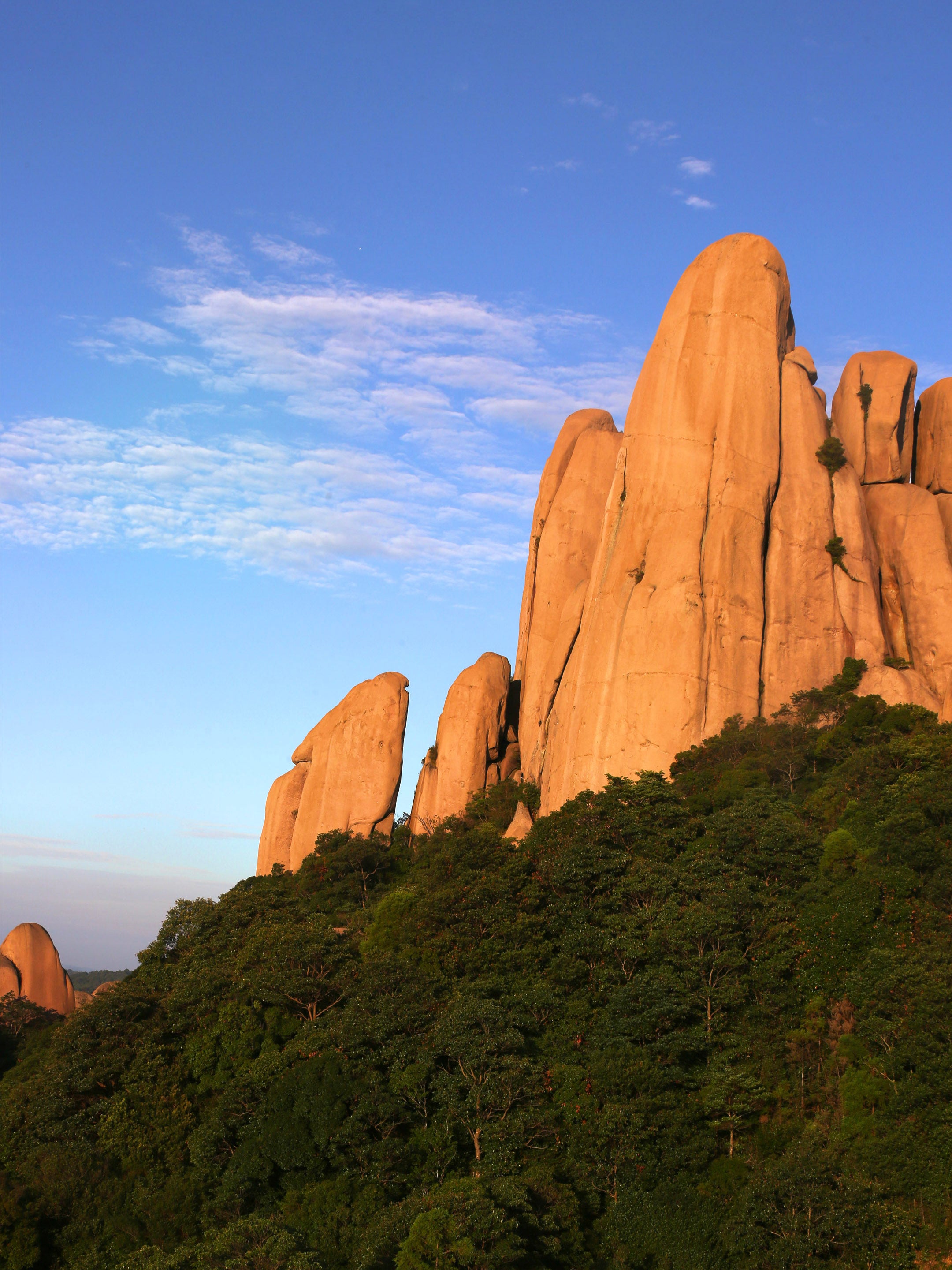
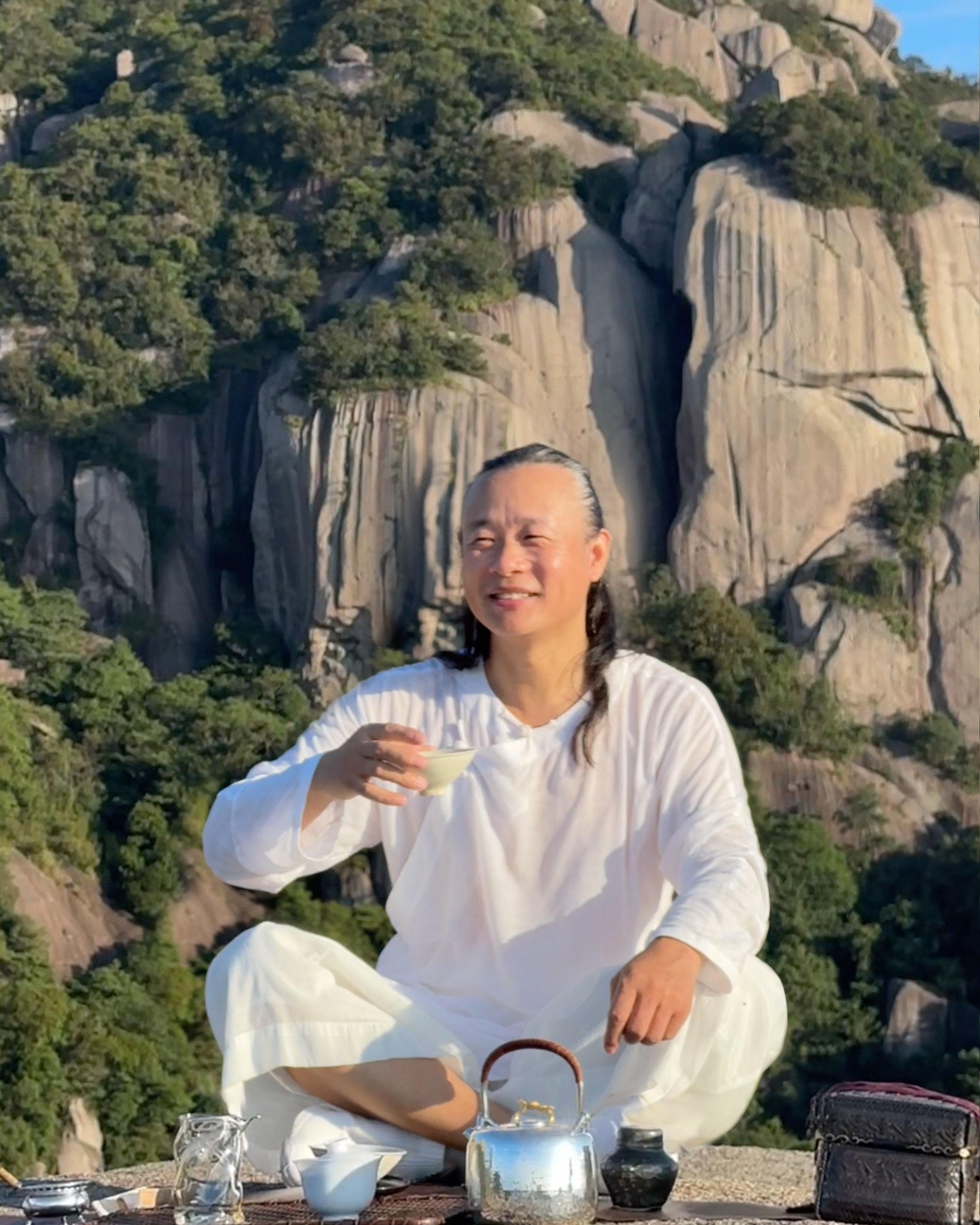
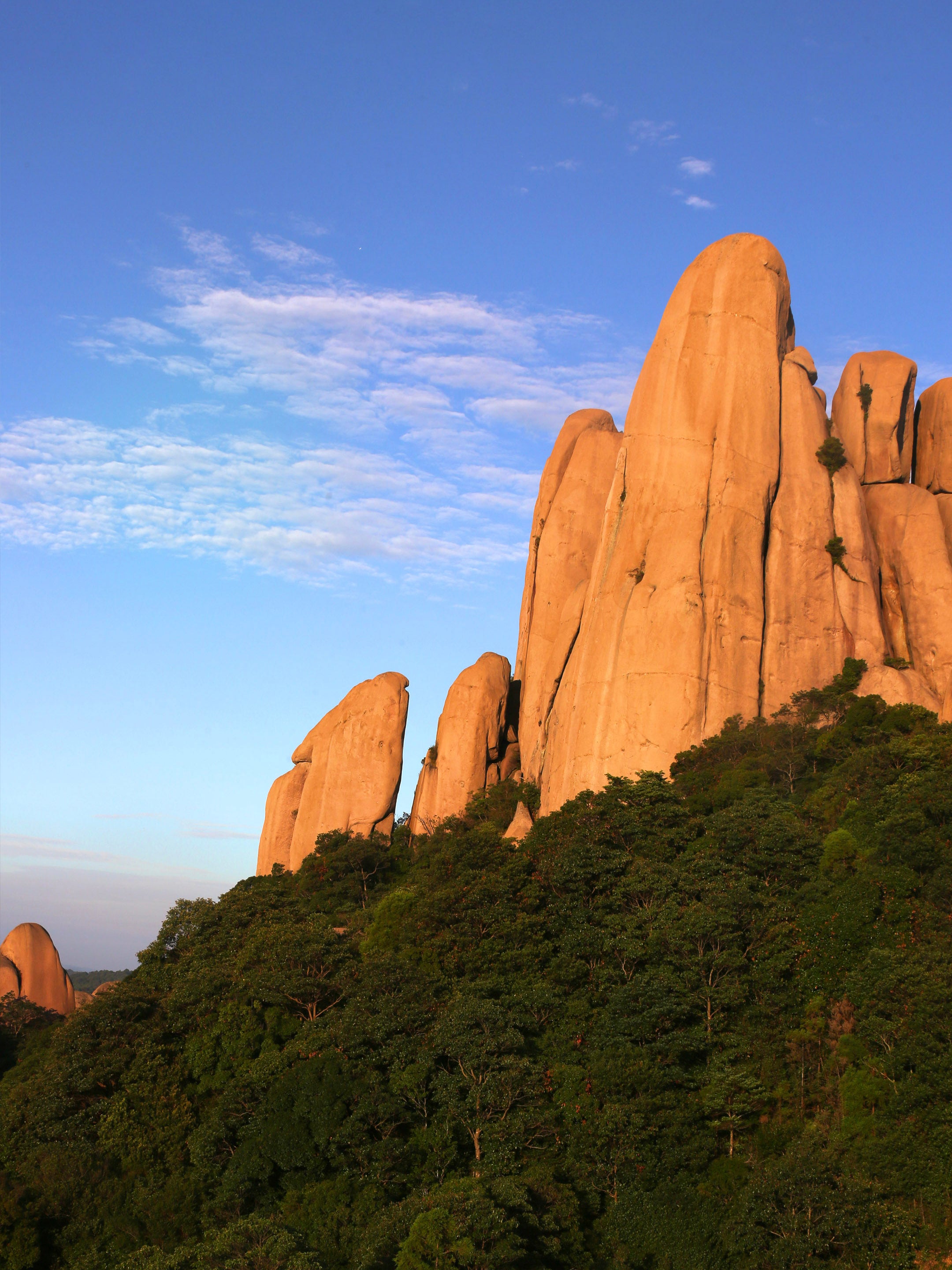

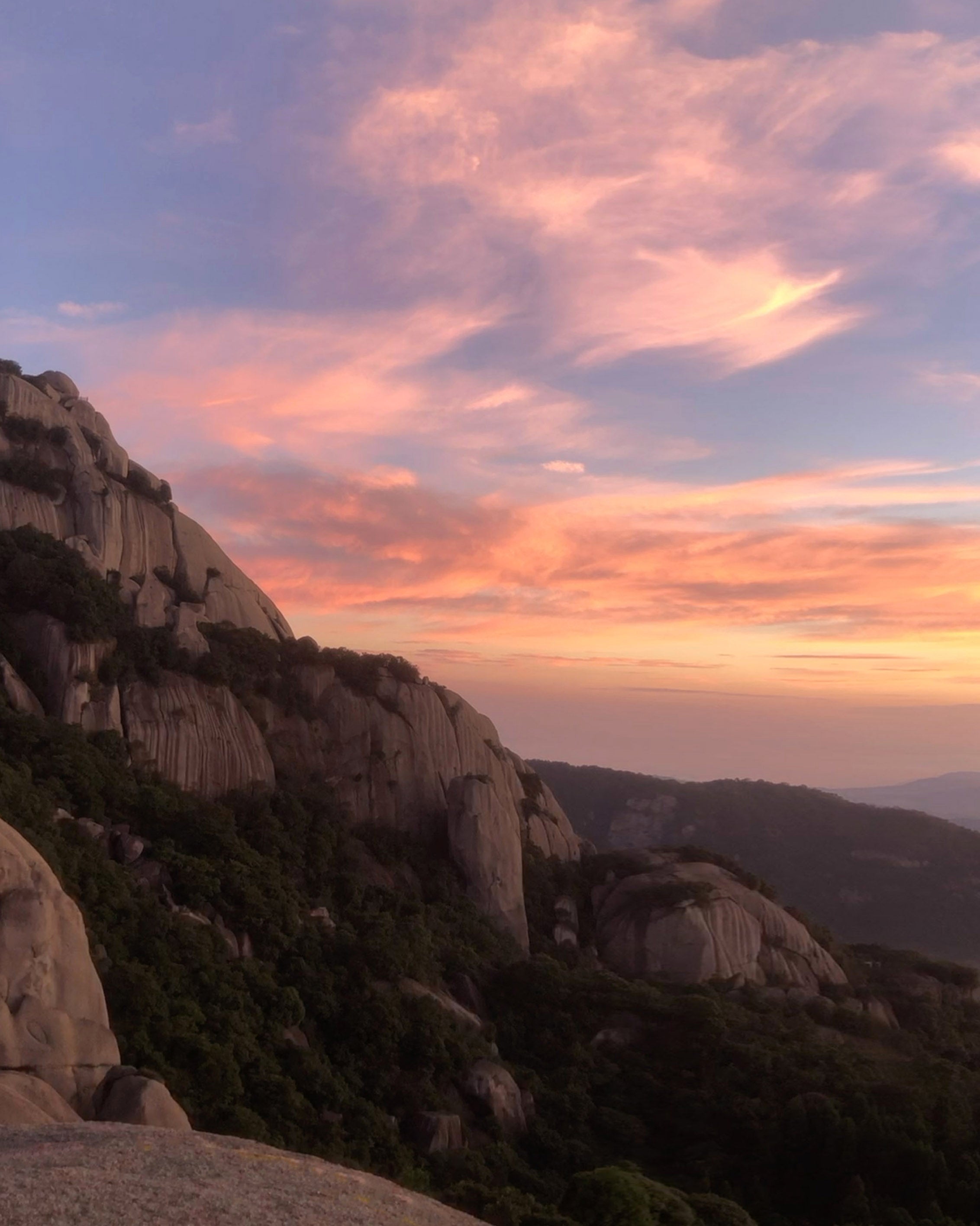
Taimu Mountain Celestial Tea






Taimu Mountain Celestial Tea
Taimu Mountain Celestial Tea
梅雪枝头活火煎,山中人兮仙乎仙,
七十二洞寻遗株,饮石髓兮不知年。
Over plum-laden branches, snow melts in a tempered flame;
Oh, the mountain dweller—more than mortal, a demigod he seems!
Seeking remnant plants in seventy-two caves;
Sipping stone marrow, time slips unperceived.
Master of Great Elegance大雅堂 • Zhao Qingtao
Obsessed with tea for half his life, the Master of Dayatang has traveled far and wide to trace tea lineages across the land. In the Renwu Year, he chanced upon a reclusive Buddhist nun on the sacred Mount Taimu—who led him to a wild tea garden atop the cliffs. There, ancient tea trees grow alongside orchid, their roots clinging to rock crevices and branches tangled with azaleas.
He climbed ladders and slopes at noon, and by Wei Shi (the afternoon hour when dry heat peaks), he plucked buds with two leaves each. The leaves were left to naturally wither in Mount Taimu’s wind, preserving the pure essence of plants.
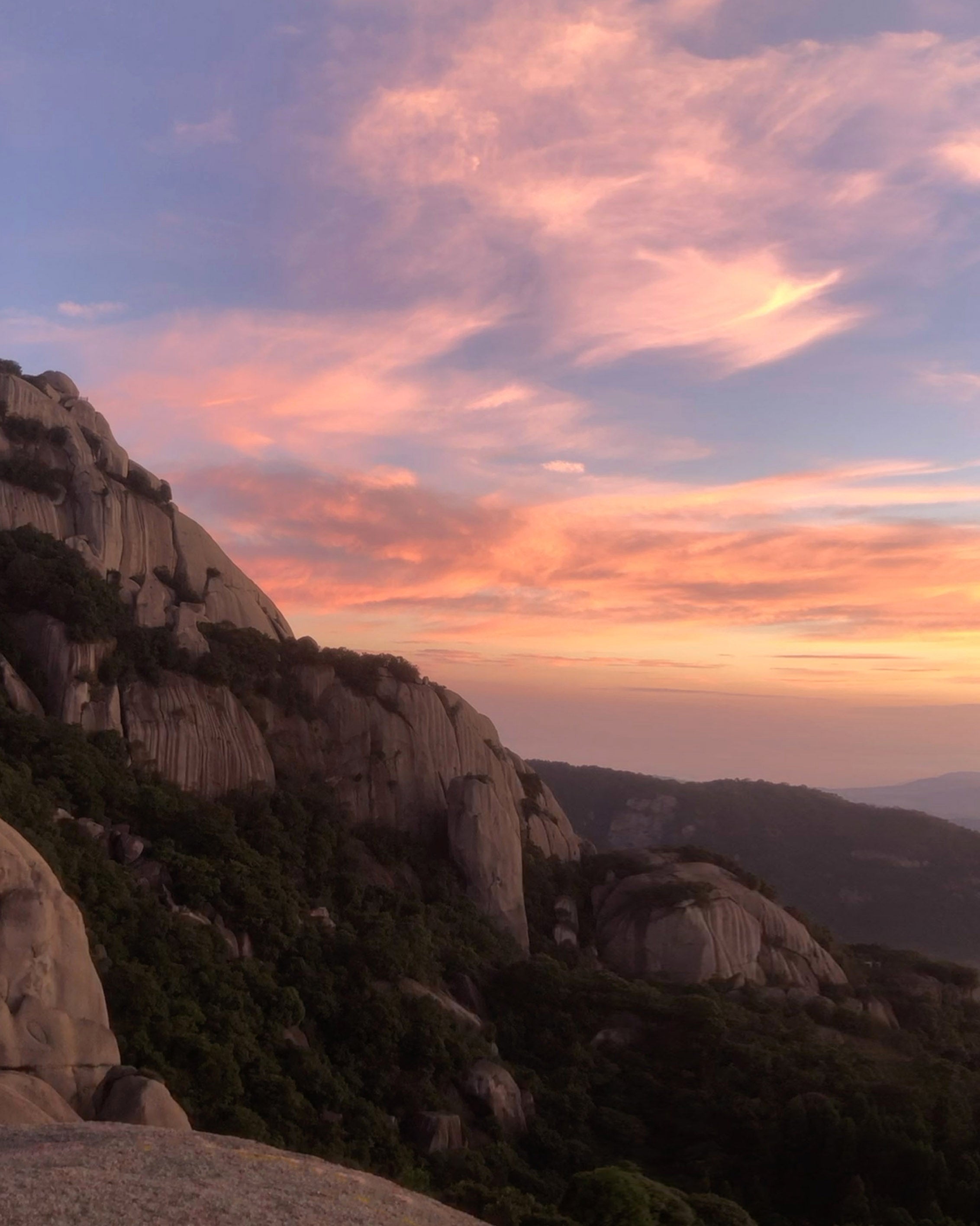
The Master of Dayatang invited veteran Wuyi rock tea masters and white tea artisans. He adopted the rock tea technique of "sifting with bamboo sieves—raising and lowering them—until the leaf edges curl slightly," and extended the fermentation depth. This method not only preserves the cool, snow-like purity of the pekoe but also embraces the exquisite floral aroma unique to rock tea.
Finally, with pine smoke from Mount Taimu as the guide, the tea was slowly roasted over a gentle fire for seventy-two hours. When brewed, the cup brims with orchid and grass aromas—imbued with the ethereal essence of the sacred mountain, it condenses the unique flavor of Mount Taimu.
A question may arise: Does plucking tea in the afternoon contradict tea-making principles?
In fact, it stems from the profound harmony of celestial timing, geographical essence, and tea’s inherent nature. Witness the wonders of Mount Taimu’s summit—
Between Si and Wu hours (9-13 o’clock), solar essence refines the tea veins:
After six hours of photochemical transformation, tea polyphenols turn from bitter astringency into mellow sweetness.
The cuticle thickens to 0.25μm (measured by electron microscopy at Fujian Agriculture and Forestry University), locking in the "precursors of rock rhyme."
Methyl jasmonate content reaches 18.3 times that of morning plucking (GC-MS analysis)—the very source of the orchid-like aroma.
At the exact Wei hour (14:30), earth energy rises like an alchemical cauldron opening:
Leaf temperature climbs to 34.5℃, activating heat shock proteins (HSP70), which precisely controls the leaf edge reddening rate at 15% during tea shaking.
Cell sap osmotic pressure hits 1120kPa, allowing the shaking force to "break 70% of the cell wall while preserving 30% of the core essence."
This is no mysticism, but the way of "refining elixirs from plants"—
Lu Yu wrote in The Classic of Tea: "Plucking at an improper time, crafting without precision, or mixing with weeds—drinking such tea will cause illness."
Today, guided by Midnight-Noon Circadian Qi Flow and grounded in photosynthetic metabolism, we let the millennium-old tea ceremony and molecular biology jointly testify: Plucking tea in the Shen hour is the genetic code of Mount Taimu’s basalt.
In the cup lies the passage of time—drinking it is not merely savoring tea, but sipping the alternation of dawn and dusk over a mountain.
In the sad autumn of the Guimao Year, we visited Mount Taimu again.
The Senior Buddhist Nun was no longer at Bat Cave Temple.
The mountain remained the same, and the cave was still that Bat Cave—but the ascetic who once practiced quiet meditation here, lost in serene tranquility, was gone.
The sacred Mount Taimu has stood unchanged for hundreds of millions of years; seasons change, sun and moon rotate, never pausing.
Even renowned monks from famous temples are ultimately mortal, inevitably touched by earthly thoughts.
As time flows—there is the "constancy" of the mountain and the "change" of humans.
Fortunately, with a cup of aged tea, ordinary people can temporarily transcend to immortality;
Rains, snows, winds, and frosts become casual tales by the cup.
Traveling thousands of miles to seek tea, climbing to the top of the sacred mountain,
Brewing wind and moon in a pot of tea smoke, we can calmly watch the warmth and coldness of human relationships.
Above the peaks, the strong wind blows freely. Suddenly, I feel as insignificant as a grain of sand in the vast sea, lamenting how time flies.
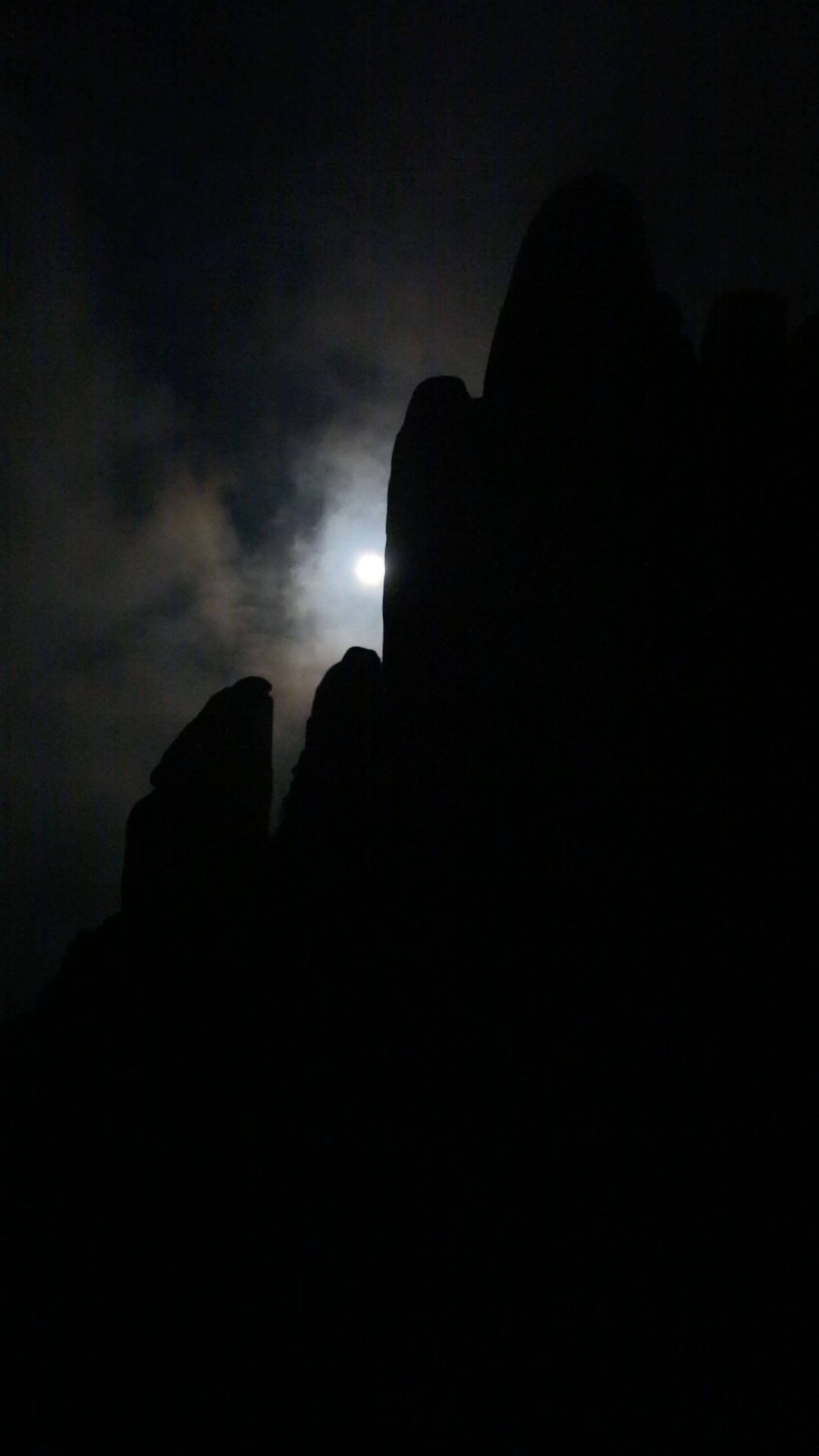
Mount Taimu Tea-Visit Diary

Revisiting the Senior Buddhist Nun in the Autumn of the Guimao Year

Lodging at Xiangshan Temple
Year: 2025
Grade: Supreme Mudan
Origin: Taimu Mountain Nature Reserve
Variety: Wild sexually propagated varieties – a blend of Fuding Dabai Tea, Dahao Tea, and native ancient tea trees of Mount Taimu
Craftsmanship: Traditional natural withering of white tea, combined with innovative techniques such as the rock tea "bamboo sieve shaking" method
Dry Leaf:
The Dry Leaf exude the wild vitality of cliff tops. Integrated with the rock tea "bamboo sieve shaking" technique, some leaf edges curl slightly, showing the characteristic "green leaves with red edges."
Aroma:
Fresh and striking. When hot, the orchid-like fragrance bursts out of the cup; as it cools, pure plant freshness overflows, with a lingering pine smoke afternote.
Liquor:
Transparent amber. The liquor gradually transitions from deep amber to pale gold during brewing, as clear and pure as celestial nectar.
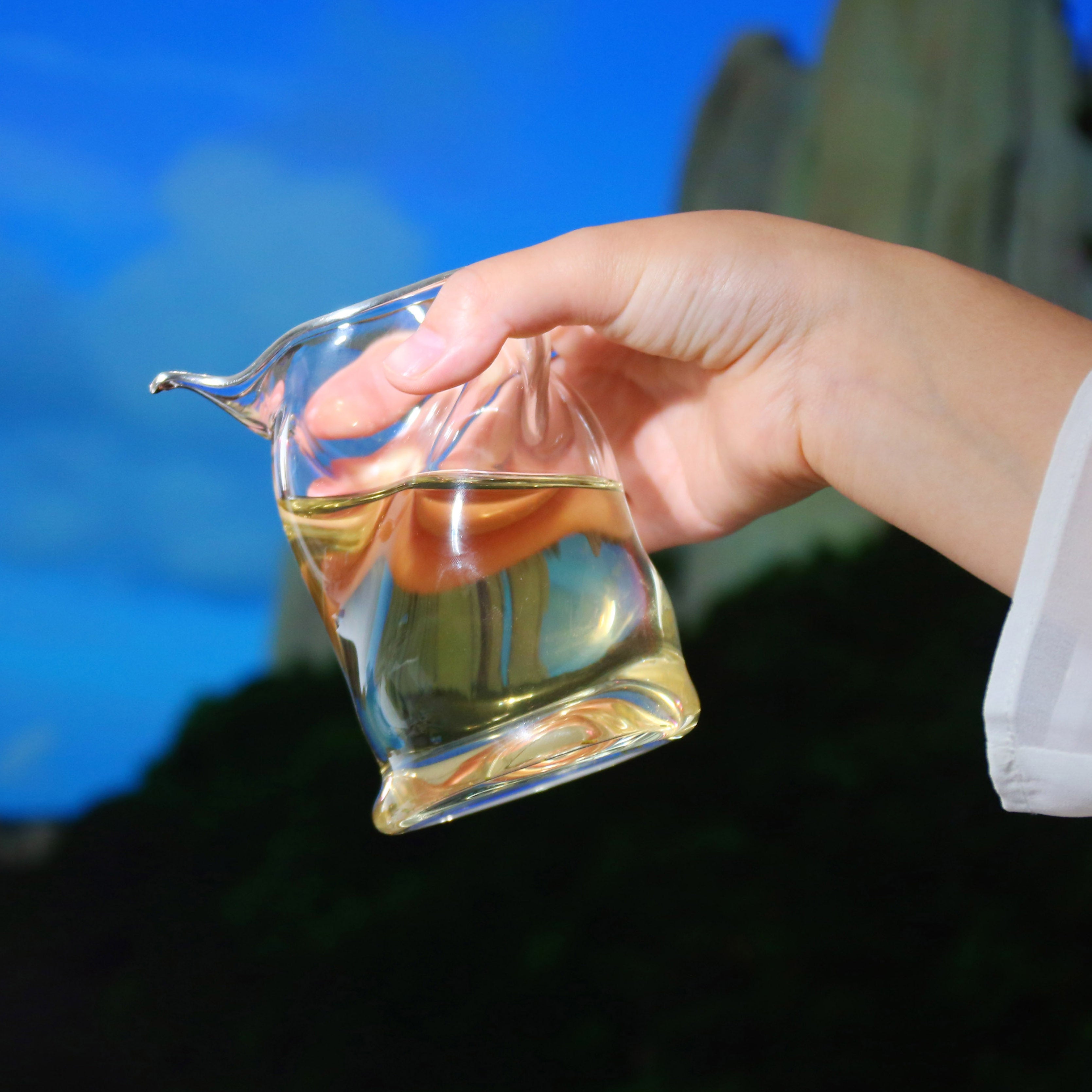
Taste:
It enters the mouth mellow and sweet, followed by the distinctive "rock rhyme." After swallowing, the cool freshness of white tea surges back, with a lingering aftertaste. To resonate with the passage of time on Mount Taimu is the mutual testimony of poetry and tea.
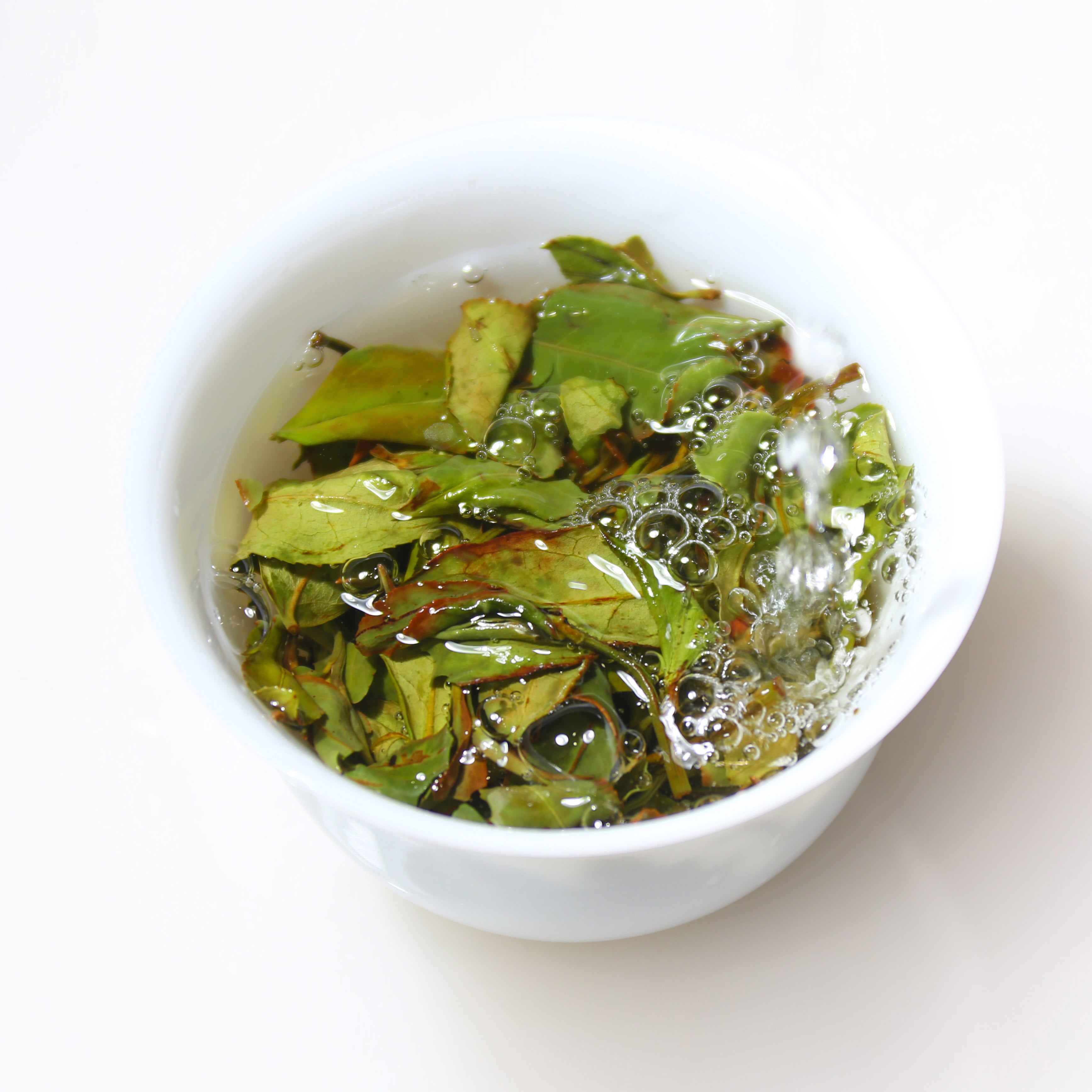
The Dry Leaf exude the wild vitality of cliff tops, with slightly curled leaf edges and the characteristic "green leaves with red edges."

We strive for perfection in every intricate brewing step,
just to let you savor the pure, authentic flavor of the tea.
Taimu Mountain Celestial Tea
Brewing
brewing
Utensils: 100-120ml white porcelain gaiwan (does not absorb aroma, produces an amber-colored liquor);
Water temperature: Boiling water is sufficient; scald the utensils thoroughly.
Tea quantity: 5g/gaiwan (tea to water ratio 1:20);
Rinse the tea: Pour boiling water over the tea leaves quickly once per second to avoid losing the aroma.
Serving
First 3 infusions: 15-20 seconds (to release the surface aroma);
4-8 infusions: each infusion should be steeped for 8 seconds (to extract the deep, wild flavor of the mountains);
9. After steeping: let it steep for 25-35 seconds (the final infusion will still be sweet and moist).
Precautions
Low stroke along the wall of the gaiwan (reduces impact and protects the integrity of buds and leaves);
Leave 1/5 of the tea in the bottom of the cup before adding more water (to maintain a stable concentration);
Keep the lid closed as much as possible (to lock in the wild fragrance).
water quality
Choose qualified purified water; do not use alkaline mineral water .
(The water quality of commercially available mineral water varies depending on the water source and the brand. So-called "high-quality mineral water" may cause loss of functional components and inhibition of aroma in tea.)
Part 1: The Effects of Alkaline Water on Tea
1. Effects on the color of tea liquor
green tea:
Under alkaline conditions, chlorophyll is easily destroyed (chlorophyll stability decreases at pH > 8.0) , causing the tea liquor color to easily change from bright green to yellow or dark yellow, resulting in turbidity , especially noticeable when brewed at high temperatures. Flavonoids (such as catechins) in green tea are easily oxidized in an alkaline environment, exacerbating the darkening of the tea liquor color.
black tea:
Theaflavins (bright orange-yellow) are easily oxidized to thearubigins (dark red) under alkaline conditions, and further generate dark brown, causing the soup color to change from bright red to dark and lose its transparency .
Other types of tea:
The color of oolong tea, white tea, and yellow tea may be darker due to alkaline water. The color of black tea (such as ripe Pu-erh) will become more turbid, and the color stability of aged aroma substances will also be affected .
2. Impact on taste and texture
Analysis reveals differences:
Tea polyphenols and caffeine: lead to insufficient concentration and bland taste . An alkaline environment inhibits the dissolution of tea polyphenols (bitter substances) and caffeine, reducing the bitterness of the tea soup.
Amino acids and sugars: Disruption of amino acid structure reduces the freshness and crispness.
Mineral influence: Alkaline hard water (containing more calcium and magnesium ions) combines with tea polyphenols to form insoluble precipitates (such as "cloudiness after cooling"), resulting in cloudy tea soup and a rough taste .
Balance of taste: It significantly affects the "richness" of tea soup for teas that rely on polyphenols to support their taste (such as raw Pu-erh tea and high-roasted rock tea), with no noticeable aftertaste and an overall taste that is bland and coarse .
3. Effects on aroma
Volatile aromatic substances: An alkaline environment may accelerate the degradation or transformation of aromatic substances (such as aldehydes and alcohols), resulting in a single aroma profile, especially in light-aroma teas (such as jasmine tea and Anji white tea), where the floral fragrance dissipates easily and may even develop a "mushy" taste.
Aged aroma and woody aroma: For fermented teas such as black tea and aged Pu'er, alkaline water may slightly highlight the aged aroma (pH>8.0) and suppress the fruity or honey aroma.
Second: The adaptability of different types of tea to water quality
1. The interaction between the physicochemical properties of water and tea components
- Hard water (>120 mg/L CaCO₃) : Calcium ions combine with tea polyphenols to form precipitates, reducing the astringency of tea soup (EGCG binding rate can reach 23%), but losing antioxidant activity (Food Chemistry, 2018); Magnesium ions promote caffeine dissolution, and every 1 mg/L increase in magnesium can increase the caffeine concentration by 0.8% (Journal of Agricultural and Food Chemistry, 2020).
- Soft water (<60 mg/L CaCO₃) : Theaflavin dissolution rate increased by 12%, and the brightness of the tea soup increased (L* value increased by 3.2), but the amino acid extraction efficiency decreased (Food Research International, 2019).
2. Supported by scientific experimental data
- Longjing green tea brewing experiment (TDS = 50 vs 300mg/L) : The amino acid content of the tea soup in the soft water group (1.2mg/mL) was significantly higher than that in the hard water group (0.8mg/mL), but the caffeine content was 18% lower (China Tea Processing, 2021); Sensory evaluation showed that the freshness score of the soft water group was 1.7 points higher (out of 9), while the body of the hard water group was 0.9 points higher.
- Research on water quality suitability for Wuyi rock tea : Water containing trace amounts of sulfate (20-50 mg/L) can increase the dissolution of cinnamaldehyde, a characteristic aroma compound of cinnamon, by 24% (GC-MS detection), and significantly enhance the rocky aroma (Tea Science, 2020).
3. Water quality selection recommendations (based on tea)
| Tea | Ideal TDS | Recommended pH | Key ion requirements |
| FTL Green Tea | 30-80mg/L | 6.8 | Ca²⁺<15mg/L, Mg²⁺<5mg/L |
| FTL Oolong Tea | 80-150mg/L | 7 | HCO₃⁻ 40-60mg/L |
| FTL Black Tea | 100-200mg/L | 6.8 | K⁺ 2-5mg/L, SiO₂ 10-15mg/L |
| FTL Pu-erh Tea | 50-120mg/L | 6.8 | Fe³⁺ < 0.1 mg/L |
4. Examples of the impact of special water quality
London tap water (high hardness) : When brewing black tea, the formation of oxalool-calcium complexes leads to "cold turbidity" appearing 30 minutes earlier, with the turbidity (NTU) of the tea reaching 12.5, which is significantly higher than that of the soft water group (NTU = 4.3) (Food Hydrocolloids, 2019).
Kagoshima hot spring water (containing sulfur) : Sulfides react with theaflavins to form methyl flavonoids, which reduces the umami intensity of sencha by 37% (*Journal of the Japanese Institute of Food Science and Technology, 2022).
The quality of water from a particular source can enhance the color, aroma, and flavor of local tea, but using local water requires systematic professional knowledge and is very costly. For non-professionals, mastering the basic principles of "soft and clean water + temperature control" is far more practical than pursuing famous springs from their place of origin.
The precise matching of water and tea is essentially a dialogue of geographical genes, which needs to be built on a multidisciplinary system of geology, food chemistry, heat transfer and other disciplines, and cannot be covered in just a few lines of web pages.
The UK-based AquaSim laboratory has simulated 12 core indicators of Tiger Spring water. However, it lacks the original spring's microbial community (such as Nocardia tea-loving bacteria), resulting in a 27% difference in post-fermentation flavor. In addition, the operation is complex: it requires mastering the "listening to the spring while boiling water" method (stopping the fire immediately when the water first boils), and a temperature error of more than 3°C will disrupt the flavor balance.
The charm of tea ceremony lies in appreciating what suits one's taste.
A pot of purified water is enough.
Don't be trapped by the mystique of water quality.

Wooden box packaging with sealed bags inside

White Tea Storage
White tea is cold-natured; the longer it is stored, the cooler its property becomes.
When stored for 3 years, it gains medicinal value; when stored for 7 years, it turns into a treasure.
White Tea Storage
White tea storage
Avoid light, high temperatures, and odors.
Temperature & humidity: 15-25℃, 50%-65% (to prevent mold and loss of fragrance);
Light Protection & Ventilation: Keep away from direct sunlight (to prevent the decomposition of theaflavins and darkening of the tea liquor) and place in a well-ventilated area.
No odor interference: Keep away from sources of odor such as cooking fumes and spices.
Container selection
Short-term (within 1 year): Purple clay/ceramic jar with ventilation holes (for preservation);
Long-term (over 1 year): Aluminum foil bag (semi-vacuum) + moisture-proof cardboard box (aids conversion).
Taboo
Avoid Storing In: kitchen, bathroom, balcony, or refrigerator.
Minimize container movement. Check every 1–2 months: the tea should remain loose, free of mold, and odorless.
Shoumei/Gongmei: Store per long-term standards — they easily develop jujube aroma with aging.
Peony/Silver Needle: Short-term storage can use a purple clay jar; long-term storage requires moisture protection.
Shelf life
The above storage method allows for long-term storage.






